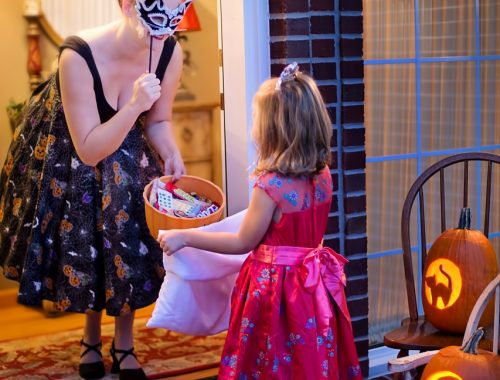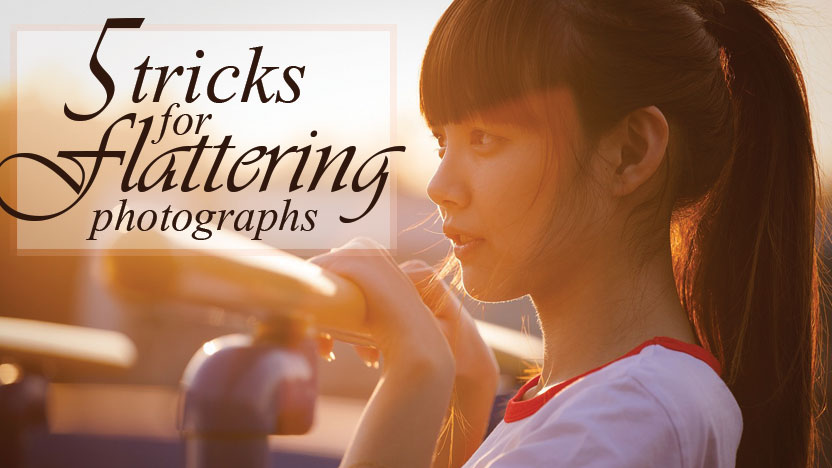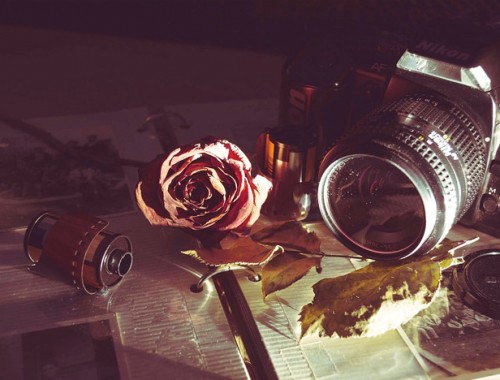Not many new photographers know the difference between macro, micro, and close-up photography. But when you want a detailed shot or if you want to capture something very small, the difference can be very important!
What is the Difference Between Macro, Micro, and Close-up Photography?
Close-Up Photography

Close-up photography takes a subject and zooms in on it. Usually the subject is small, like a plant or an insect, but it could also mean getting close to someone’s eye or face as a subject. In close-up photography, you still get a sense of what you’re looking at, and how it relates to the world around it. For example, this insect on a leaf is close-up photography. You can still tell it’s small, and you don’t get quite as much detail as with macro/micro photography.
Macro/Micro Photography
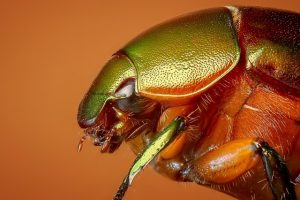
Macro and micro photography take this concept a step further. Usually, macro and micro refer to the same thing. The difference is simply in the words. “Macro” refers to something large, where “micro” means small. This photography style lets the subject fill all or most of the frame so that you can get an incredible amount of detail. In other words, you’d get a “macro” shot of a “micro” object. And, because it takes up the frame, you can lose the sense of how tiny the subject actually is.
The real difference? The camera lens you use is the real defining difference between close up and macro photography. Anyone can take a close-up picture, such as with a telephoto lens. But generally, macro photography can only be created with a macro lens. These pricy lenses allow you to capture the detail of an insect’s head, or the texture of a flower petal. Macro lenses can achieve at least a 1:1 magnification. So if you’re looking for one of these lenses, be sure that it can accomplish this!
How to Get the Best Macro and Close Up Pictures
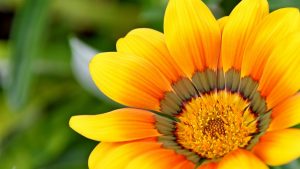
Always use a tripod when taking close-up and macro photos. The closer you are to a subject, or the more you have to zoom, the more crucial it becomes not to twitch and risk the image blurring. Especially in macro photography, a tripod allows you to get fine subject details while reducing camera blur and noise. You also may want to use a “third hand” to support or position objects just right.
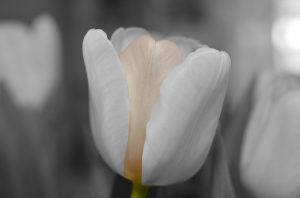
Use a tight depth of field on your subject. This lets you focus on your subject and blur out the background for greater contrast. Also, be sure you’re using the fastest shutter speed your camera can accomplish. This will also help you avoid blurring.

When you’re setting up your shot, fine-tune close-up patterns with your camera on-site. Fill your whole frame with the patterns. This will look much better later, and is better than cropping.
Want to show off your incredible macro or close-up photography? Upload it into a photo book or to a poster collage! We can also create easy calendars if you want to show off and share your work year-round.

